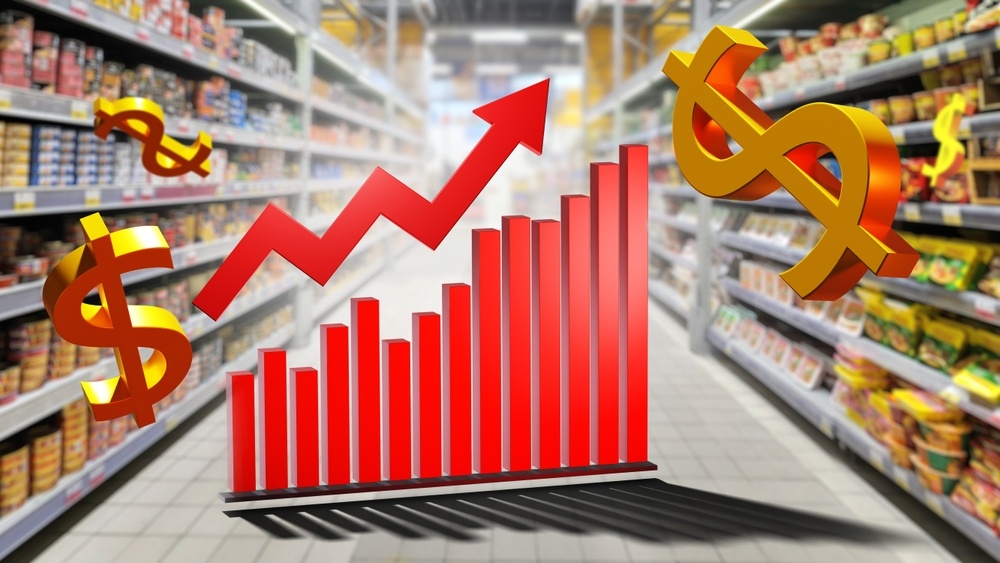In today’s economy, inflation is becoming a major concern for the average American. Prices keep rising, and wages have not kept up, making it increasingly difficult to make ends meet. The dollars that were worked for and saved up are becoming less valuable. Precious metals like gold and silver have historically served as hedges against inflation, as we have mentioned before, and here’s why.
Understanding Inflation
Inflation is the rate at which the general level of prices for goods and services rises, decreasing the purchasing power of currency. When inflation is high, each unit of currency (for example the dollar) buys fewer goods and services. Your dollars do not have intrinsic value, so they are only as valuable as their purchasing power at any given time. This is where precious metals enter the conversation.
Intrinsic Value and Scarcity
Precious metals are inherently valuable due to their scarcity and unique properties. Unlike paper currency, which can be printed in unlimited quantities, the supply of gold, silver, platinum, and palladium is limited. It is impossible to create more gold or more silver than already exists. This intrinsic value means that, even when the value of currency decreases, the value of precious metals often remains stable or even increases. As more money is printed, the price of gold and silver will go up as it takes more dollars to buy these precious metals. This means, that if you own gold and silver, as the dollar inflates, your precious metals maintain or even grow in value.
Historical Performance vs Inflation
This makes sense from a logical perspective, but history has also backed up this claim. Gold and other precious metals have performed well during periods of high inflation. For instance, during the 1970s, when inflation rates in the U.S. soared, gold prices experienced a significant surge. In 1971, Nixon took the dollar off of the gold standard meaning it was no longer backed by precious metals. Gold jumped from $35 pre ounce to $850 per ounce between 1971 and 1980. Investors turned to gold to preserve their wealth, and the price of gold skyrocketed.
Supply and Demand Dynamics
Not only do precious metals maintain their value during inflationary periods, they can often grow in value due to supply and demand. The demand for precious metals typically increases during inflationary periods as people seek to preserve their wealth. Investors seek to protect their assets by purchasing metals, which then leads to higher prices. Additionally, the supply of precious metals cannot be ramped up quickly, ensuring their value remains robust.
Non-Correlated Assets
Precious metals often move independently of other asset classes, such as stocks and bonds. During periods of economic instability, when traditional investments might underperform, precious metals can provide a safe haven. This is why they are called “safe-haven assets”. This non-correlation makes them an effective tool for diversification and risk management.
Conclusion
We believe in the enduring value of precious metals as a hedge against inflation. Their intrinsic value, historical performance, and non-correlation with other asset classes make them invaluable tools for preserving wealth during periods of high inflation. As investors seek stability in uncertain times, precious metals remain a reliable option.
For more on inflation, read our article on inflation here: https://fisherpreciousmetals.com/inflation-the-hidden-tax/

